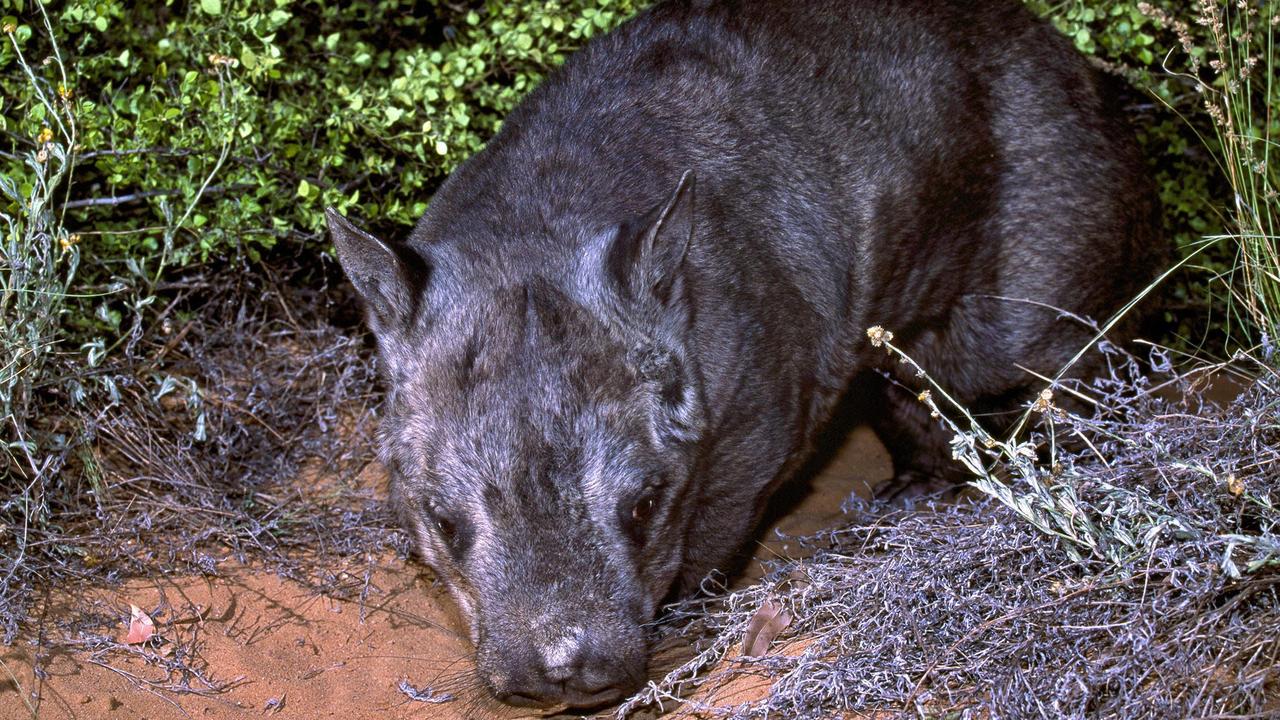17 animals have their conservation status changed under reclassification shake up
Several Queensland animals are now deemed to be endangered – or even critically endangered – after over a dozen species had their conservation status reclassified. SEE THE FULL LIST.
QLD News
Don't miss out on the headlines from QLD News. Followed categories will be added to My News.
SEVERAL Queensland animals are now deemed to be endangered – or even critically endangered – after over a dozen species had their conservation status reclassified.
The northern hairy nosed wombat, the Embezee’s crayfish, the hinterland spiny crayfish and the Bartle Frere cool-skink are all now classed as critically endangered under the reclassification shake up.
And the mountain frog, four other species of crayfish, the spotted tail quoll and the Hastings River mouse have all been added to the list of endangered animals in the Sunshine State.
The majority of changes follow the introduction of new classification standards, while some come after surveys or new information was uncovered about the animal.

In total, 17 animals had their conservation status reclassified under the latest changes, as well as 29 species of flora – with over a dozen species of flora now listed as critically endangered.
Director of threatened species operations at the Queensland Parks and Wildlife Service, Manda Page, said conservation statuses were reviewed regularly, and that the critically endangered status was a new classification in Queensland.
She said Queensland, along with other states and the Commonwealth, signed up to a new classification system a few years ago.
“Previous to that, every state has its own legislation, so every state had its own list and we were all assessing them slightly differently,” Dr Page said.
“We’ve been working on that for about the last five years to try and have one alike list.”
Dr Page said the steps taken to preserve each species varied significantly
“Some species, it’s about that there are very few populations,” she said.
“For the northern hairy nosed wombat, there used to be one population in one location with very few animals.
“That’s really risky because all you need is a fire or a disease or something to come through and it wipes out the whole population.
“The biggest single thing that we can do is to declare protected areas.”
THE FULL LIST OF RECLASSIFIED ANIMALS
Giant barred frog – was endangered, now vulnerable
Mountain frog – was vulnerable, now endangered
Shy albatross – was vulnerable, now endangered
Sand yabby – was not listed, now vulnerable
Embezee’s crayfish – was not listed, now critically endangered
Conondale spiny crayfish – was not listed, now endangered
Eugella spiny crayfish – was not listed, now endangered
Hinterland spiny crayfish – was not listed, now critically endangered
Monteith’s spiny crayfish – was not listed, now endangered
Robert’s crayfish – was not listed, now endangered
Spotted-tailed quoll (south eastern mainland population) – was vulnerable, now endangered
Northern hairy-nosed wombat – was endangered, now critically endangered
Hastings River mouse – was vulnerable, now endangered
Tyron’s skink – was vulnerable, now endangered
Magnetic Island dwarf skink – was vulnerable, now least concern
Bartle Frere cool-skink – was vulnerable, now critically endangered
Roma earless dragon – was vulnerable, now endangered
Originally published as 17 animals have their conservation status changed under reclassification shake up







